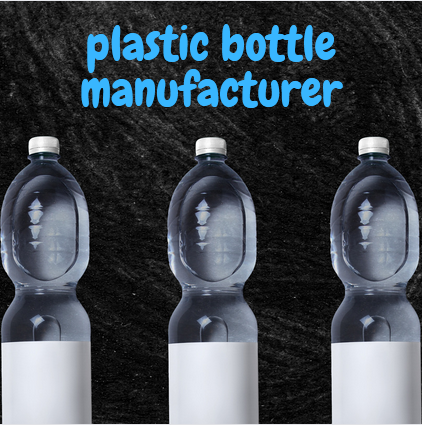Plastic bottle manufacturers create a range of bottles from various polymers that are sold to beverage, food and chemical manufacturers. The polymer used for bottles is usually polyethylene terephthalate (PET), which is lightweight yet durable. PET pellets are melted at a temperature of 500 degrees Fahrenheit and injected into molds.
Polyethylene Terephthalate (Pet)
Polyethylene terephthalate (PET) is a clear, lightweight and strong plastic that is used to make bottles for many different products. It was first synthesized in the mid-40s by DuPont chemists trying to develop new synthetic fibers and has since become the world's most widely used packaging material.
PET is made by condensation reaction of ethylene glycol and purified terephthalic acid, commonly derived from petroleum feedstock. This reaction results in a linear thermoplastic polyester with a number of intrinsic properties including high transparency, excellent barrier properties, crease resistance, and good fatigue strength.
The most common application for PET as a wholesale plastic bottle manufacturer is soft drink containers and other rigid, semi-rigid, and non-returnable bottles. PET has a very good barrier to carbon dioxide, which allows it to retain the contents of these containers without allowing the CO2 to escape and cause a carbonated beverage to spoil quickly.
Besides its barrier properties, PET has a variety of other benefits that are often used by manufacturers of bottles and other packaging materials. These include affordability, reseal ability, lightweight, shatter-resistant nature, and recycling.
PET can be manufactured in various ways, ranging from injection molding to blow molding and stretch blow molding. Injection molding is the most common technique for creating plastic bottles, but it may also be used to produce other types of products such as packaging film and video tapes.
Injection Stretch Blow Molding
Injection stretch blow molding is a type of polymer manufacturing process used to produce hollow objects that have rotational symmetry. This multi-level process involves the use of several machines and a number of different plastic resins to produce bottles, jars, and other containers.
First, the plastic is melted and formed into a preform that will eventually form the neck finish of the bottle. These preforms are then transferred within the machine to a second station, where they will be captured by a cavity mold.
This mold stretches the preform and pressurized air is introduced through it to form the final container. This technique can be used to create a variety of different types of containers, including wide mouth peanut butter jars and narrow-mouth water bottles.
This technique also makes the bottles stronger and more durable than those produced by other methods. This is because it helps to harden the resin and maintain its shape when subjected to high pressure packaging, which is crucial for carbonated beverage bottles. In addition, the bi-axial orientation provided by this process helps to provide optimum optical and barrier properties. Lastly, it is an efficient method for producing large quantities of products. This is why it’s such a popular choice for plastic bottle manufacturers.
Injection Molding
Injection molding is a process used for the manufacturing of plastic bottles. The method involves the heating of raw plastic pellets to their molten state and then injecting them into a mold cavity.
Before the molten plastic is injected into the mold, it must first be closed securely by a hydraulically-powered clamping unit. This is done by actuating clamping bars that push the moveable platen towards the stationary platen and exert enough force to keep the two halves of the mold securely closed until the material is injected and subsequently cooled.
The resulting molded part is then ejected from the mold. This step can be facilitated by a mold release agent, which can be reapplied after several molding cycles or fixed on the surface of the mold cavity permanently.
During this step, the plastic can also be trimmed from the final product to eliminate any excess. Trimming can be accomplished in separate equipment or during the injection molding process itself, if necessary.
HDPE plastic bottles made by injection molding machines are remarkably durable and offer tight tolerances. This ability to produce high-quality components at a higher rate is a huge benefit for plastic bottle manufacturers. In addition, these machines are remarkably energy efficient and can crank out a product at a much faster pace than other fabrication processes.

